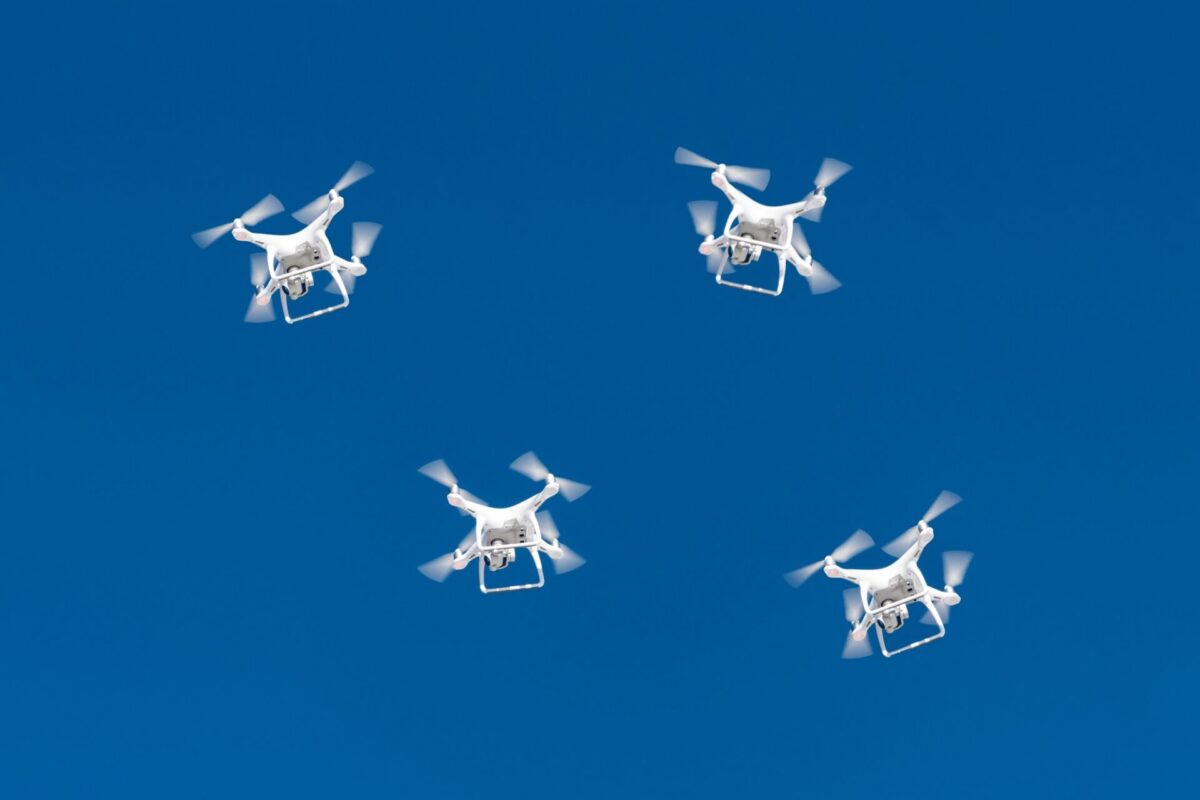Thales has showcased the capabilities of AI-enhanced drone swarms in a demonstration that took place on October 16, 2024. The French manufacturer highlighted innovative solutions that can reduce the cognitive load on human operators while maintaining effective mission control.
The tests successfully demonstrated significant advancements in autonomy achieved through AI and intelligent agents, allowing for improved coordination and effectiveness across a variety of mission types. This development meets the evolving demands of modern armed forces, providing a more adaptable and resilient operational strategy on the battlefield.
Thales aims to overcome traditional operational constraints, such as the requirement for one operator per drone and the dependence on stable data links. By utilizing AI-driven decision-making, these drone swarms can independently evaluate their environments, share critical information, and prioritize mission objectives without the need for constant human intervention. This capability is particularly beneficial in electronic warfare scenarios, where GNSS signals and communication channels are often compromised.
“Our solutions are demonstrable, applicable, incremental and deployable, acting as a force multiplier without increasing the cognitive burden on operators, yet guaranteeing that they retain their central role in the decision-making process,” Hervé Dammann, Executive Vice President of Land and Air Systems at Thales, emphasized.
Central to Thales’ strategy is an AI-based system architecture that enables the swarms to operate with supervised autonomy, adapting to dynamic operational needs. A key aspect of this initiative, the COHESION demonstrator, illustrated how these swarms can attain higher autonomy, enhancing flexibility in complex environments where communication is frequently disrupted.
The collaborative capabilities of drone swarms, such as the ability to share target data, analyze enemy intent, and optimize flight paths, provide a significant tactical advantage. This functionality accelerates the OODA (Observe, Orient, Decide, Act) loop, thereby increasing overall operational efficiency. Importantly, while automation advances, the need for human oversight remains critical; operators retain control during essential phases of missions, with AI serving to enhance the decision-making process.

